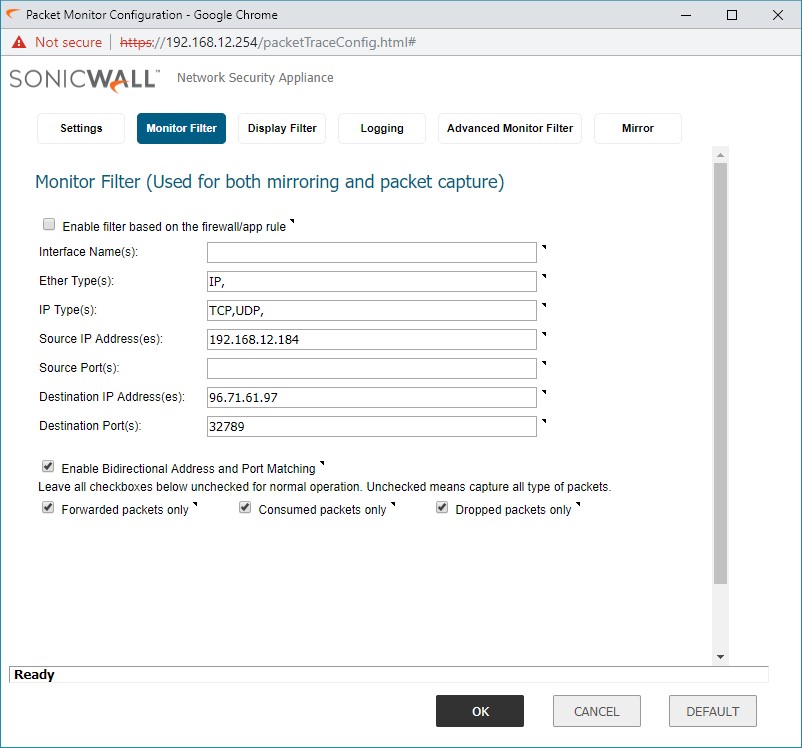


IS–IS (CLNP) chosen as the OSI intra-domain protocol from DECnet proposal Certainly, this requires extra work with OSPF in terms of configuration. While the overload bit feature of IS–IS is not directly available in OSPF, it can be indirectly induced in OSPF by setting the link metric to the highest value (65,535) on the relevant links to an overloaded router, so that this router is avoided in the short path calculation. Since OSPF runs over IP, it can support virtual links. This is used, for example, by other routers to not consider an overloaded router in path computation. IS–IS allows overload declaration through an overload bit by a router to other routers. IS–IS keepalive messages can be used for MTU detection since the messages are MTU-sized TLVs that are explicitly checksummed and need to be verified. IS–IS being run directly over layer-2 is relatively safer than OSPF from spoofs or attacks. The OSPF dimensionless link metric value is in the range 1 to 65,535 while IS–IS allows the metric value to be in the range 0 to 63 (narrow metric), which has been extended to the range 0 to 16,777,215 (wide metric). While OSPF packets are encapsulated in IP datagrams, IS–IS packets can be directly encapsulated in link layer frames. In IS–IS, routers are entirely within one or the other areas-the area borders are on links, not on routers. With OSPF, an area border router can sit on the boundary between the backbone area and a low-level area with some interfaces in the area while other interfaces are in the other area. The Apple app was just updated to V4.2, so make sure that is the version you install if you are using an Apple device.While there are similarities as noted above, there are several differences: Never tried installing the app on my Sony Android based TV, so I can't tell you if that will work. Otherwise you need a Windows computer to access it on the You have to be home, on the network and start the app. I know each device has to "register" with the home router the first time you use the app on it. I actually have this same issue on my phone off and on as I have a second access point that I am usually connected to since the Verizon router is in my basement. I was able to log in using the "log in through app" process - but then get the error that I am not on my home network. I have been waiting for this for a long time (tried all sorts of ways to get the iphone/ipad app to work on the TV's with not much success at all). Any idea if I have to have one of these new bundles to get it to work - or should it connect. I do not have FIOS TV ONE - I am on an old plan and still the VMS boxes. Else try to install the FIOS app on their firestick (or apple)? Fast, flexible and built for your needs - Verizon Fios upgrades home internet + TV | About Verizon I tried this morning and get an error that I am not connected to my home network.


 0 kommentar(er)
0 kommentar(er)
